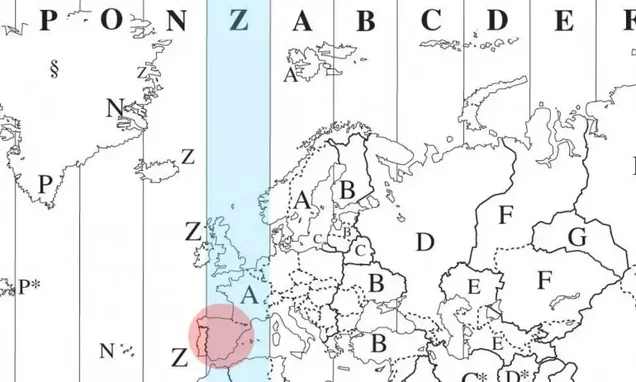In the diverse and vibrant landscape of Spanish-speaking countries, Spanish schedules often reflect a unique blend of cultural, historical, and geographical influences. From Spain in Europe to 19 Latin American countries including Mexico, Colombia, Argentina, Peru, and Chile, the concept of time and daily schedules can vary significantly, providing a fascinating glimpse into the lifestyles and traditions of over 480 million native Spanish speakers globally.
Spanish Schedule in Spain
Spain’s approach to daily schedules is intriguing, especially when you consider its meal times, work hours, and even the historical context of its time zone. Spanish dining habits stand out distinctly within Europe, with lunch often served between 2 PM and 4 PM, and dinner typically occurring around 9 PM to 11 PM, or even midnight!.

This schedule is partly due to Spain’s alignment with a time zone that does not naturally fit its geographic location. Historically, during World War II, Spanish dictator Francisco Franco changed Spain’s time zone to align more closely with Nazi Germany, a shift that has remained to this day, affecting not just work and school hours, but the entire daily schedule.
Work schedules in Spain often include a midday break, traditionally known as the siesta, particularly in hotter regions and smaller towns. While the siesta may no longer be as widespread in bustling city centers like Madrid or Barcelona, it still influences the overall pacing of the day, with many businesses closing in the afternoon before reopening later.
Understanding Time: The Siesta and Beyond
In Spain, the traditional schedule is perhaps best known for the ‘siesta,’ a mid-afternoon break that accommodates the hot climate. Although the siesta is often associated with a long lunch break followed by a rest, its actual adoption varies widely in modern Spain. Major cities may see shorter breaks, while in the countryside, longer pauses remain common.
Across the Atlantic, Latin American countries generally do not follow the siesta. However, meal times and work schedules still reflect a distinct rhythm that differs from the typical 9-to-5 routine prevalent in many Western countries. For instance, in Argentina and Uruguay, dinner might not start until 9 PM or later, influenced by Italian and Spanish customs.
Work Hours: Flexibility and Variation
The concept of work hours in Spanish-speaking countries often leans towards flexibility, especially in places like Colombia, where workdays can start earlier but break up during midday meals. In contrast, countries like Chile and Peru see a more structured approach to corporate and public service hours, closely mirroring Western standards.
Ecuador and Bolivia offer examples of an even mix, with government and public institutions maintaining strict hours, while private businesses may operate on a more flexible schedule. This flexibility often extends to shopping hours, with stores in many Spanish-speaking countries staying open later than their European or North American counterparts.
Festivals and Holidays: Time for Tradition
Festivals and public holidays also play a significant role in shaping schedules across Spanish-speaking regions. Countries like Mexico and Guatemala are renowned for their vibrant festivals like Dia de los Muertos and Semana Santa, which can influence local schedules significantly. During these times, regular business hours are often adjusted to accommodate the festivities.
The Impact of Geography on Spanish Schedules
Geography also impacts daily life and schedules, particularly in countries with diverse climates like Peru and Colombia. In these countries, daylight hours, climate, and even altitude can influence everything from business hours to the scheduling of social activities.
Education and School Spanish Schedules
School schedules in Spanish-speaking countries typically start earlier in the morning and may include a break in the afternoon, particularly in hotter regions. Countries like Spain, Mexico, and Argentina have their academic year running from September to June, while others like Chile and Colombia align their academic calendar with the calendar year, adapting to different climatic conditions.
Conclusion
The Spanish schedules across Spanish-speaking countries showcase a rich tapestry of cultural nuances. Whether influenced by climate, tradition, or modern economic demands, these schedules offer a window into the lives of Spanish speakers worldwide. Understanding these differences is not only crucial for those engaging with these cultures but also enriches our global perspective, highlighting the beauty of diversity in life.
Interested in more Culture of the Spanish Speaking World?

